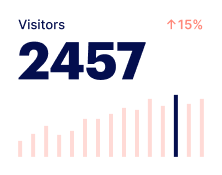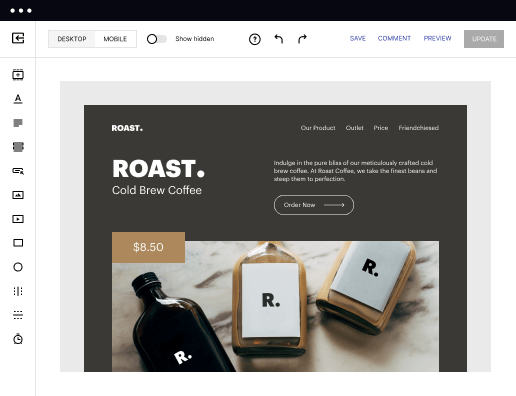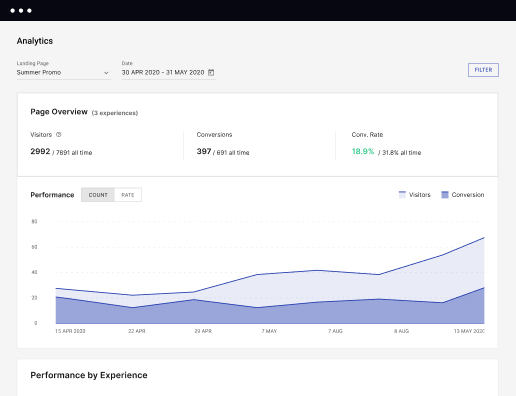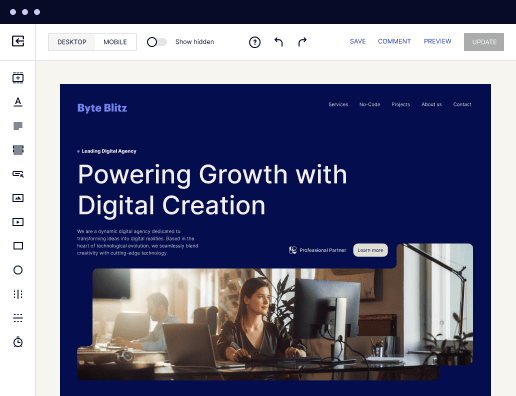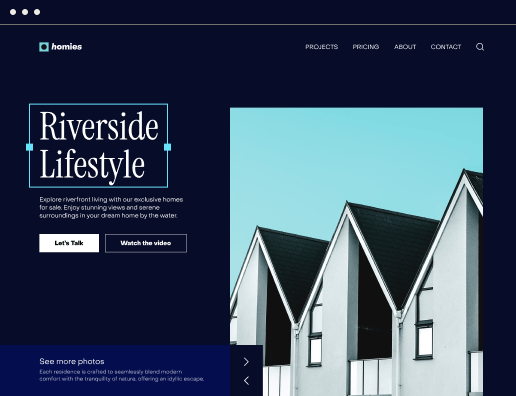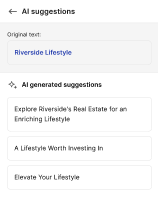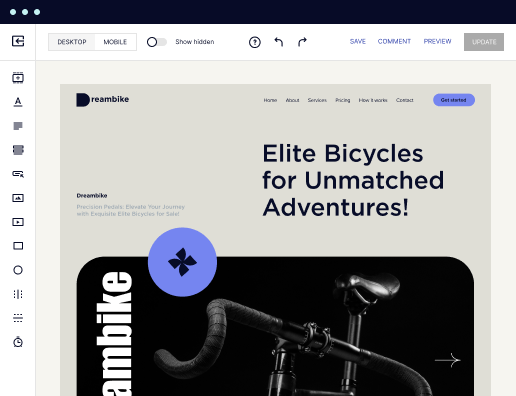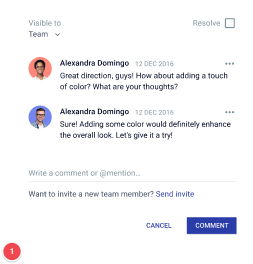Make your 404 error page designed for Debian
Instapage empowers you to reduce costs, increase conversions, and deliver meaningful experiences on Debian.
Creating an Effective 404 Error Page on Debian with Instapage
A well-designed 404 error page is essential for maintaining user engagement and improving brand trust. Instapage provides marketers with the tools necessary to build landing pages quickly, including a library of over 100 conversion-focused layouts and Instablocks, allowing you to create an effective 404 error page on Debian seamlessly.
Understanding 404 Error Pages
A 404 error page indicates that a user has navigated to a page that does not exist on your website. It’s crucial to turn this negative experience into a positive one by providing users with helpful links or relevant content. An engaging 404 page can reduce bounce rates and guide users to find the information they need, enhancing customer loyalty.
- Provide a search bar: Allow visitors to search for what they were looking for, making it easier for them to find relevant content.
- Include links to popular pages: Direct users to your site's most visited content, improving navigation.
- Personalize the experience: Use dynamic text replacement to align your 404 page with the brand’s voice and the user's intents.
Step 1: Customize Your 404 Page Layout
Use Instapage’s drag-and-drop functionality to customize your 404 error page layout. Select a template that resonates with your brand’s aesthetics and modify elements to suit your voice.
- Select a pre-built layout: Instapage offers various templates tailored for error pages, allowing you to choose one that best fits your brand.
- Customize color schemes and fonts: Make sure your page aligns visually with your overall branding.
- Incorporate compelling imagery: Adding relevant visuals can keep users engaged and reduce frustration.
Step 2: Optimize for Higher Conversions
Utilize built-in experimentation features to optimize your 404 page for higher conversions. Employing A/B testing can help you determine which layout or messaging resonates more with your users.
- Set up A/B tests: Experiment with different calls-to-action or content arrangements to see what leads to more user engagement.
- Analyze user behavior with heatmaps: Understand where users click most on your 404 page to optimize content placement.
- Utilize analytics dashboards: Gather data on how visitors interact with your page to make informed adjustments.
Step 3: Foster Collaboration for Continuous Improvement
Leverage Instapage's collaboration tools to gather real-time feedback from team members or stakeholders. This collective input can lead to improvements and innovative ideas for your 404 page layout.
- Provide instant feedback: Use comments and suggestions features to communicate improvements with your team.
- Conduct real-time edits: Collaboratively edit your 404 page, ensuring all stakeholders’ inputs are valued.
- Share securely: Instapage allows easy sharing with outside stakeholders to gain external insights.
By focusing on these key steps, you can create a 404 error page that not only informs users but also helps retain them, turning a potential lost visitor into a loyal customer.
If you're ready to build a customized 404 error page on Debian that enhances user experience and bolsters your branding efforts, explore Instapage today and get started!
Get more out of Create your 404 error page on Debian
Improve your Quality Score with quick load technology for landing pages
Increase conversions with content that aligns with your ads and audiences
Achieve maximum ROI by scaling your marketing initiatives
Leading the way in building high-performing landing pages





FAQs
See how to create your 404 error page on debian in action
Ready to skyrocket conversions?
Supercharge your ad campaigns with high-performing landing pages.
Get started
